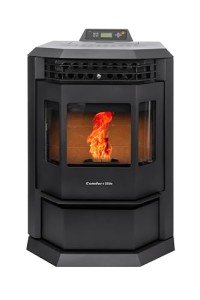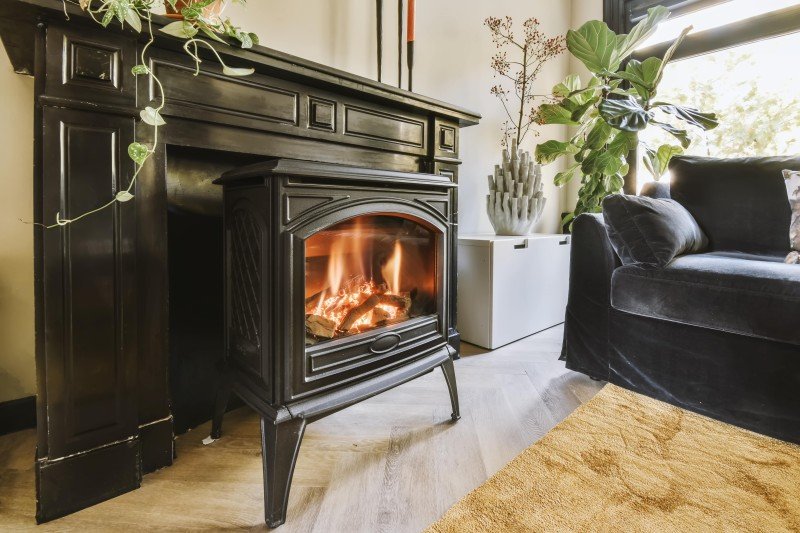
Fireplaces Deals
Add a review FollowOverview
-
Founded Date August 15, 2022
-
Sectors Industrial Relations Specialist
-
Posted Jobs 0
-
Viewed 3
Company Description
Responsible For An Outdoor Stoves Online Budget? 12 Top Ways To Spend Your Money
Best Value Fireplaces: An In-Depth Guide
The fireplace has actually long been considered the heart of a home, offering heat, atmosphere, and a focal point for social gatherings. Nevertheless, browsing through numerous options can be frustrating, especially with budget restrictions in mind. This post provides a helpful guide on the best Value fireplaces (Vallieharrigill.top), detailing their types, functions, and benefits to help homeowners make a wise option.
Types of Fireplaces
Fireplaces are available in a range of designs and types, each with different attributes, costs, and benefits. Here’s a comprehensive take a look at the most common kinds of fireplaces offered in the market today.
| Kind of Fireplace | Description | Average Cost | Pros | Cons |
|---|---|---|---|---|
| Wood-Burning | Burn logs to produce heat and ambiance. | ₤ 1,500 – ₤ 5,000 | Genuine experience, natural heat | Needs regular maintenance, less efficient |
| Gas Fireplaces | Utilizes gas or propane to produce heat. | ₤ 2,000 – ₤ 5,000 | Easy to utilize, cleaner than wood | Minimal to gas supply, setup costs |
| Electric Fireplaces | Mimics flames with LED technology and produces heat through electricity. | ₤ 200 – ₤ 3,000 | Easy setup, installation flexibility | Less genuine feel, greater operating expense |
| Pellet Stoves | Use compressed wood or biomass pellets, providing an eco-friendly choice. | ₤ 3,000 – ₤ 4,500 | Efficient, low emissions | Needs electricity to run, needs storage for pellets |
| Ethanol Fireplaces | Burns ethanol fuel, producing flames that don’t require a chimney. | ₤ 300 – ₤ 2,500 | No vents needed, portable | Higher fuel cost, security issues |
Factors to Consider When Choosing a Fireplace
Choosing the ideal fireplace is not just about aesthetic appeals; it also involves useful considerations. Here are essential aspects to bear in mind:
1. Budget
- Identify how much you want to spend. Remember that setup and upkeep expenses can include up.
2. Area and Size
- Make sure the fireplace fits well within the room, considering both the space offered and the heating requirements.
3. Fuel Type
- Choose on the fuel source based upon schedule, expense, and the kind of atmosphere you want to accomplish.
4. Efficiency
- Select systems with high-efficiency scores to ensure you are getting the most value for your money in terms of heat output.
5. Aesthetic Appeal
- Pick a design and style that complements existing decoration and boosts the overall charm of the space.
6. Laws
- Understand regional policies, allows, and building codes that might affect your fireplace setup.
Top Best Value Fireplaces
Based on client evaluations, expert opinions, and general value for money, here are a few of the best value fireplaces currently readily available in the market:
1. DuraVent Pellet Stove
- Type: Pellet
- Typical Cost: ₤ 2,000
- Highlights: Highly efficient with low emissions, making it an outstanding option for environmentally-conscious property owners.
2. Napoleon B36NTR-1
- Type: Gas
- Average Cost: ₤ 2,500
- Highlights: This fireplace is aesthetically appealing and extremely efficient, with a streamlined design and adjustable flame.
3. Duraflame Electric Heater Stove
- Type: Electric
- Typical Cost: ₤ 200
- Highlights: Affordable and portable, ideal for smaller sized areas or including ambiance to a space without long-term setup.
4. Real Flame Juliet Gel Fireplace
- Type: Ethanol
- Typical Cost: ₤ 300
- Emphasizes: An elegant choice for modern spaces that requires no venting, making it flexible and simple to set up.
5. Vogelzang VG5790
- Type: Wood-Burning
- Typical Cost: ₤ 800
- Emphasizes: Offers a traditional wood-burning experience with a streamlined modern style, ideal for those who treasure the classic atmosphere.
Frequently Asked Questions (FAQs)
Q1: What is the most economical fireplace alternative?
A1: Electric fireplaces tend to be the most economical in regards to preliminary purchase price and setup, however can have greater operating expense compared to gas or pellet units.

Q2: Are gas fireplaces much safer than wood-burning fireplaces?
A2: Yes, gas fireplaces usually produce fewer emissions and position a lower risk of chimney fires as they do not produce creosote like wood-burning systems.
Q3: Can I set up a fireplace myself?
A3: While some electric fireplaces enable easy self-installation, other types, particularly gas and wood-burning models, normally require expert installation due to venting and security concerns.

Q4: How do I maintain my fireplace?
A4: Regular upkeep includes cleaning up the chimney (for wood-burning fireplaces), examining for gas leaks (in gas systems), and making sure proper ventilation for electric models.
Q5: Is an ethanol fireplace a great choice?
A5: Ethanol fireplaces are appealing for their modern design and ease of setup. However, they can be less efficient and more costly to operate long-lasting compared to other fuel types.
Selecting a value fireplace that fulfills your visual choices and practical needs includes thorough research and factor to consider. By understanding various types of fireplaces, their associated expenses, and advantages, house owners can make informed decisions that will not only fit their spending plan however likewise enhance the warm and inviting environment of their homes. Whether choosing an electric, gas, wood-burning, pellet, or ethanol model, the ideal fireplace awaits to transform your living area.

